
Majorica or Mallorca pearls are hand-made in Spain and renowned for their beauty and quality. The formula used to make the pearls was created by a German immigrant, Eduardo Hugo Heusch, in the 1890s. Although the complete process for making the pearls is unknown, it begins when an artificial nuclei is made by hand with the help of custom-designed machinery. This nuclei is dipped into a special liquid and then coated with a paste of ground fish scales and oil. The pearl is dried and polished before undergoing ultraviolet radiation. Majorica pearls have the distinction of being among the finest imitation or faux pearls available.
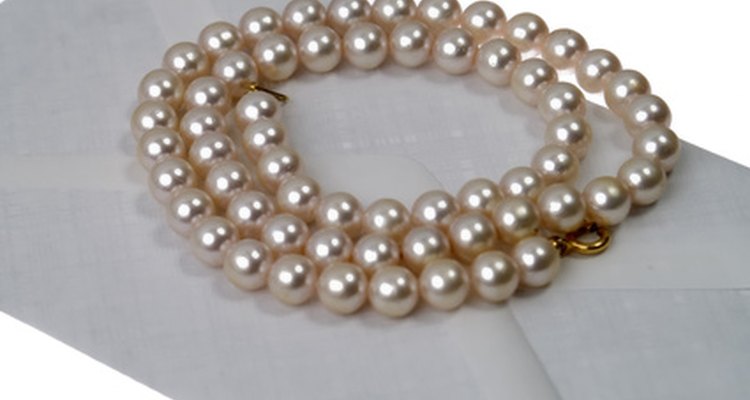
Examine the pearls for imperfections. Majorica pearls are perfectly round and matched for color and finish. Unlike Majorica pearls, genuine pearls have unique blemishes and are not perfectly shaped or matched for color.
Rub the pearls gently across the upper teeth. Imitation pearls such as Majorica pearls feel smooth to the tooth while cultured or natural pearls feel gritty. The test is not fail-proof and can scratch pearls if not performed gently.
Obtain an x-ray photo called an x-radiograph of the pearls. Majorica imitation pearls are opaque in x-rays, making them solid white on the negative. Genuine pearls are semitransparent to x-rays and appear gray on the negative.
Related Articles
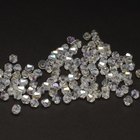
What Is Crystal AB?
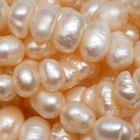
How to Identify Types of Pearls

What Is the Range of the Cost of Pearls?
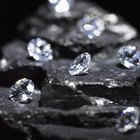
How to Remove a Scratch on a Diamond

How Are Colored Pearls Made?

What Is Golden Druzy?
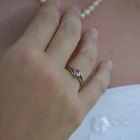
The Value of Mikimoto Pearls
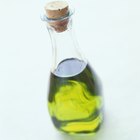
How to Polish a Dull Amber Ring

How to Tell What Pearls Are Worth

How to Get Rust off a Fake Gold Necklace
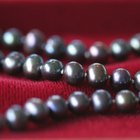
What is the Value of Black Pearls?

Can a White Gold Ring Be Made into ...
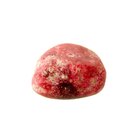
How to Identify Red Jasper

What Materials Are Used to Make Costume ...

Removing Scratch Marks From Black Dress ...

How to Determine the Value of Pearls
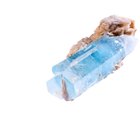
List of the Types of Semi-Precious ...

How to Clean Sterling & Turquoise ...

History of Pink Pearls
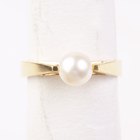
How to Take Care of Pearl Rings